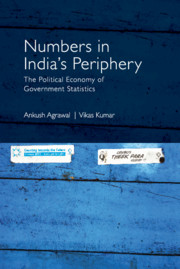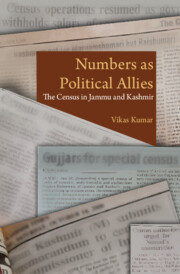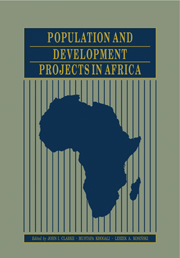Numbers in India's Periphery
This book analyses the quality of statistics such as geographic area, census population and sample survey statistics in a developing country. Using field interviews, archival sources, and secondary data covering the last seven decades, it explores the shifting relations between various kinds of statistics over their lifecycles and charts their cradle-to-grave political career. It uncovers a mutually constitutive relationship between data, development, and democracy and offers an exciting account of how government statistics are social artefacts dynamically shaped by political and economic factors. The book also quantifies the impact of data quality on the statistics of interest to policy makers such as household consumption expenditure and federal transfers. Numbers in India's Periphery makes a major contribution to the growing literature on the political economy of statistics in developing countries through a novel analysis of the shifting determinants of the nature of data in North East India.
- Explores the quality of area, census population, and sample survey statistics over seven decades
- Uncovers the dynamic relations between data, development, and democracy in developing countries
- Reveals statistics as social artefacts shaped over their lifecycles by political and economic factors
Product details
December 2020Hardback
9781108486729
416 pages
235 × 158 × 27 mm
0.66kg
Available
Table of Contents
- Abbreviations
- List of tables
- List of figures
- List of maps
- List of timelines
- List of images
- Acknowledgements
- 1. State and statistics
- 2. Nagaland and numbers
- 3. Cartographic 'mess'
- 4. Demographic somersault
- 5. Winning censuses
- 6. Flawed surveys
- 7. Data, development and democracy
- Bibliography
- Index.






